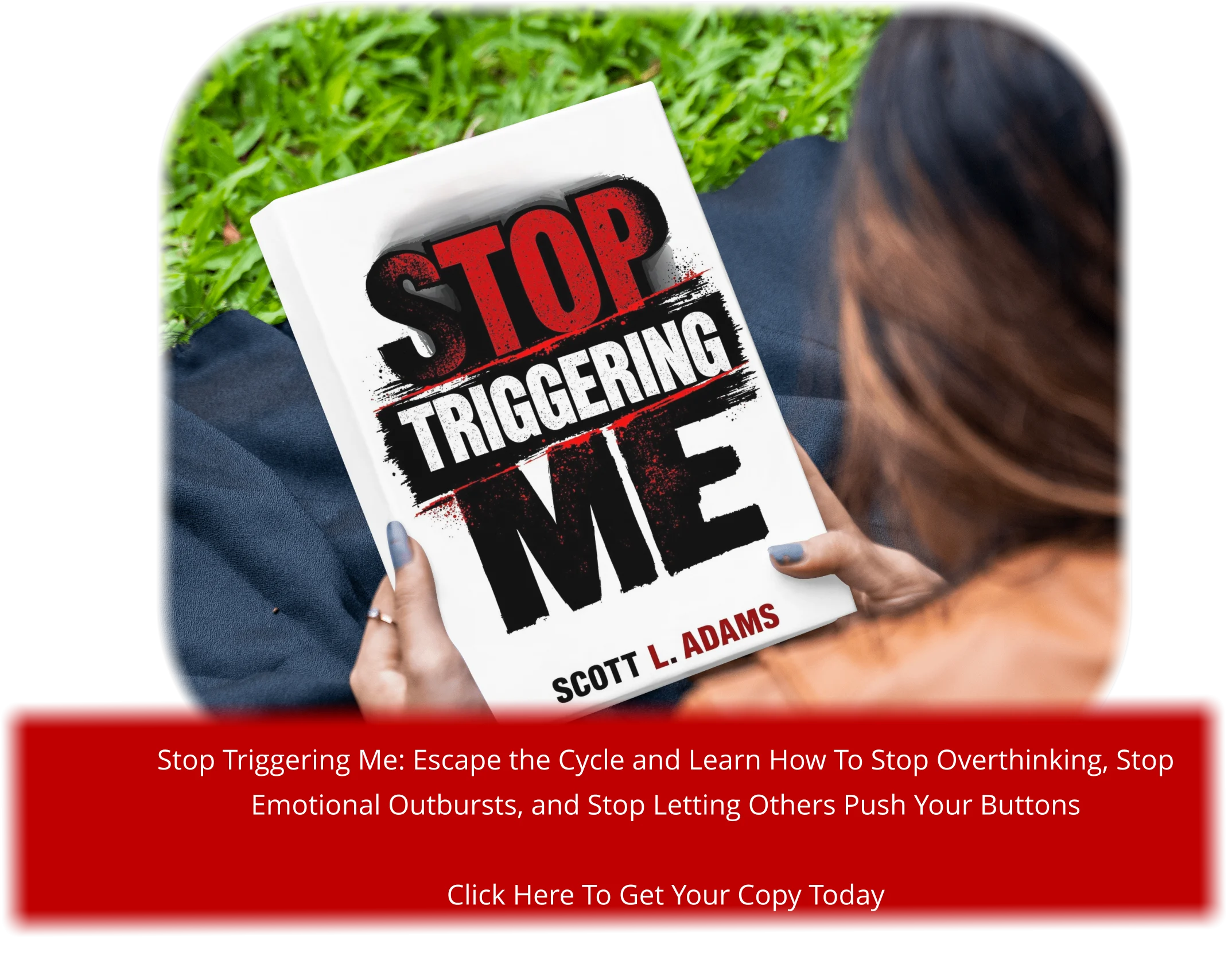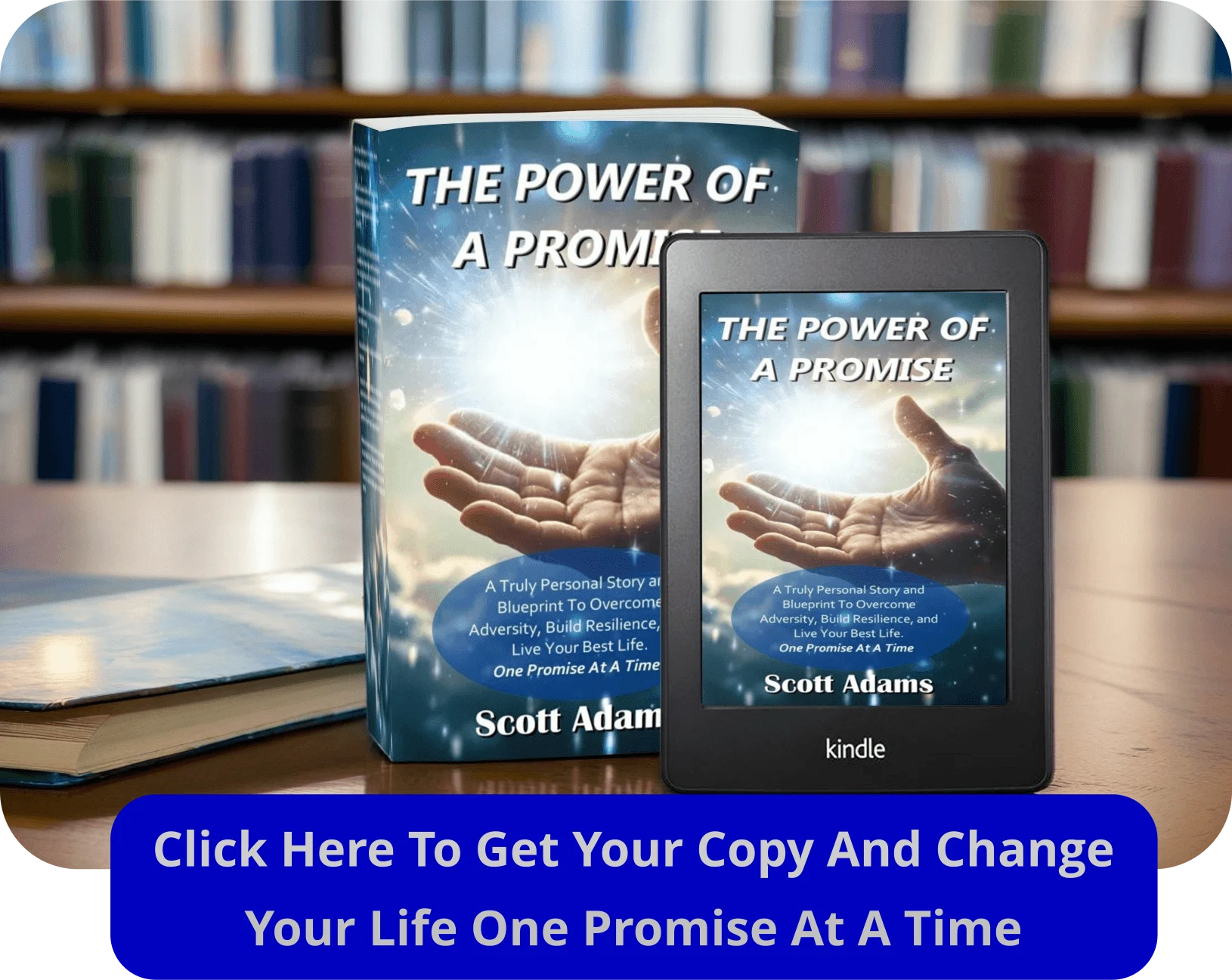There was a time when I felt like I was carrying the weight of the world on my shoulders. Every day, I’d wake up drained, my mind cluttered with worries and stress. It wasn’t until I stumbled upon the idea of an emotional detox that I realized I needed to let go of the toxic energy holding me back. This journey wasn’t just about feeling better—it was about reclaiming my peace.
Many of us focus on physical health, but we often neglect the emotional baggage that weighs us down. Unlike a physical cleanse, an emotional detox focuses on releasing undigested emotions that can block joy and clarity. Reactive emotions, like stress and defensiveness, don’t nourish us—they deplete our energy and leave us feeling stuck1.
In this article, I’ll share practical steps to help you release toxicity and energize your life. From mindful practices like yoga to insights from experts like Sherianna Boyle, you’ll find tools to cleanse your emotional system and rediscover joy. Let’s take the first step together.
Key Takeaways
- An emotional detox helps release undigested emotions and restore joy.
- Reactive emotions like stress and worry can deplete your energy.
- Mindful practices like yoga can reduce emotional reactivity2.
- Physical symptoms like chronic tension may indicate a need for emotional cleansing1.
- Practical steps and expert insights can guide your detox journey.
Understanding Toxic Energy and Its Impact
Toxic energy doesn’t just affect your mood—it can seep into every part of your life. It’s the buildup of unresolved emotions like guilt, stress, and reactivity that linger in your mind and body. Over time, these feelings can weigh you down, making it harder to find joy and clarity3.
Recognizing the Signs of Overprocessed Emotions
One of the first steps to addressing toxic energy is recognizing its signs. You might feel constantly distracted, experience physical tension, or react impulsively to small triggers. These behaviors often stem from emotions that haven’t been fully processed or released4.
Sherianna Boyle, an expert in emotional well-being, explains that mismanaged emotions are at the root of many health challenges. “When we avoid or numb our feelings, they don’t disappear—they manifest in other ways,” she says. This can lead to chronic tension, headaches, and even sleep disturbances3.
How Unresolved Emotions Affect Your Health
Your mental and physical health are deeply connected. Unresolved emotions can weaken your immune system, making you more susceptible to illnesses. Studies show that 70% of individuals report physical symptoms like fatigue and headaches due to emotional distress4.
Chronic stress, for example, can lead to digestive issues and skin conditions like eczema. It’s a reminder that taking care of your emotional health is just as important as caring for your body. Practices like yoga and mindfulness can help reduce stress levels and restore balance4.
Understanding these signs is the first step toward meaningful change. By addressing toxic energy, you can reclaim your peace and improve your overall well-being.
Emotional detox: Techniques and Steps to Release Toxic Energy
Letting go of toxic energy starts with recognizing its grip on your life. It’s not just about feeling better—it’s about creating space for joy and balance. By following a step-by-step process, you can cleanse your system and reclaim your energy.
Clearing Negative Reactions and Creating Space
The first step is to clear negative reactions. Start by identifying your triggers. Notice how your body reacts—tight shoulders, a racing heart, or shallow breathing. These physical signs often point to unresolved emotions5.
Sherianna Boyle suggests using breathwork to calm your system. “Deep abdominal breathing helps process emotions without judgment,” she explains. Pair this with mindful movement, like yoga, to release tension and create space for clarity6.
Looking Inward: Cultivating Self-Awareness and Reflection
Next, look inward. Self-awareness is key to understanding your emotions. Journaling can help you track patterns and gain insight. Studies show that journaling improves emotional well-being by 25%5.
Reflect on your reactions without judgment. Ask yourself, “Why did I feel this way?” This dual process of mental insight and sensory awareness helps you process emotions effectively6.
Emitting: Transforming Reactivity into Joy and Balance
Finally, transform reactivity into joy. Boyle’s hum exercise is a powerful tool. Humming stimulates the vagus nerve, calming your nervous system and shifting your energy6.
Incorporate sound meditations or laughter into your routine. These practices help emit positivity and restore balance. Remember, this is a gradual process—small steps lead to lasting change.
By clearing, reflecting, and emitting, you can release toxic energy and embrace a life filled with joy and peace.
Integrating Self-Care and Lifestyle Changes for Lasting Peace
Finding peace in a chaotic world starts with small, intentional changes. Self-care isn’t just about pampering yourself—it’s about creating habits that support your mind and body. By integrating practices like mindful movement, yoga, and proper nutrition, you can build a foundation for long-term well-being.
Incorporating Mindful Movement and Yoga Practices
Regular mindful movement, like yoga, can be the backbone of your self-care routine. Yoga helps release tension, improve flexibility, and calm the mind. Studies show that physical activity reduces symptoms of anxiety and depression by releasing endorphins7.
Sherianna Boyle’s programs, like those at Kripalu, emphasize daily yoga classes to help participants reconnect with their bodies. Whether it’s a guided session or a few minutes of stretching at home, yoga can be a powerful tool for emotional and physical health.
Supporting Your Body with Nutritious Food and Hydration
What you eat directly impacts how you feel. A balanced diet rich in whole foods enhances brain function and emotional well-being. Research suggests that proper nutrition can lead to a 25% decrease in depressive symptoms7.
Incorporate foods high in omega-3 fatty acids, like fish and flaxseeds, to support mental health. Staying hydrated is equally important—water helps flush out toxins and keeps your energy levels stable.
Small, consistent actions can make a big difference. Start with one change, like adding a yoga session or swapping processed snacks for whole foods. Over time, these habits will help you reclaim your peace and joy.
Conclusion
Reclaiming your peace begins with small, intentional steps. Recognizing toxic energy and its impact is the first step toward meaningful change. By clearing negative reactions, reflecting on your emotions, and transforming reactivity into joy, you can create space for balance in your life.
Integrating self-care practices like yoga and proper nutrition can support your body and mind. Studies show that mindfulness practices reduce stress levels by up to 30%, while physical activity boosts emotional well-being by 40%8. These habits, when practiced consistently, lead to lasting peace.
Remember, this journey is about progress, not perfection. Every step you take—no matter how small—brings you closer to a life filled with clarity and joy. Explore resources like Sherianna Boyle’s programs to deepen your understanding and continue your self-care journey.







